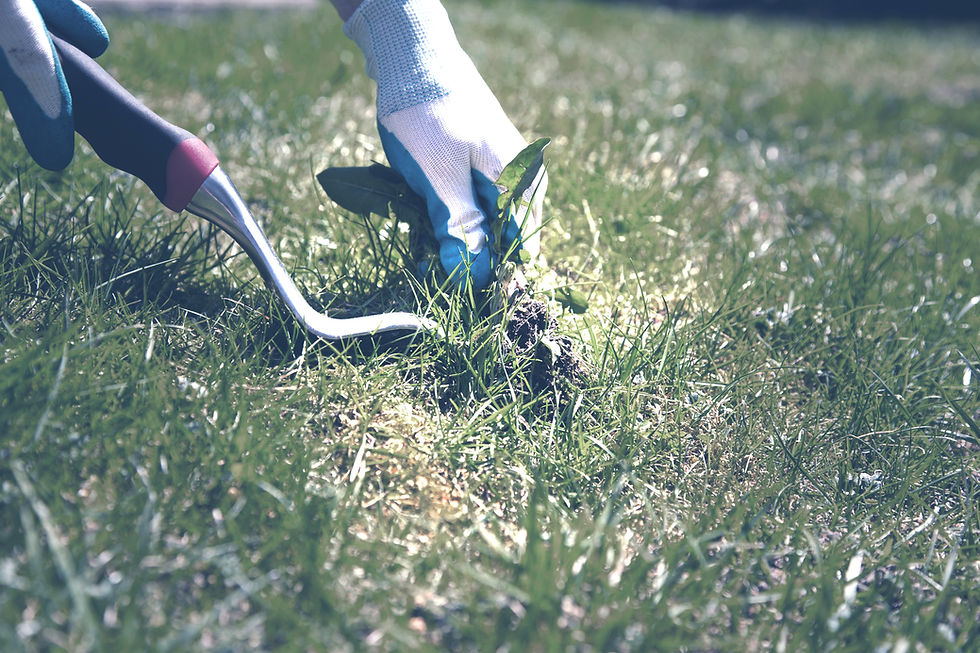- stony642002
- Aug 16
- 2 min read
Even though the temperatures are still soaring, late summer is the perfect time to start preparing your garden for the coming fall. Taking a few simple steps now ensures a smoother transition when cooler weather finally arrives. Here’s your guide to late summer garden prep.
1. Check for Stressed or Dying Plants
Hot weather can take a toll on your garden. Walk through your beds and identify:
Annuals that are struggling or done for the season
Perennials that need division or pruning
Plants showing signs of disease or pest damage
Removing these early prevents problems from spreading and makes cleanup easier later.
2. Manage Fallen Leaves and Debris
Even in summer, some leaves and plant debris accumulate:
Clear away dried leaves or dead plant parts
Compost healthy leaves to use as mulch later
Keep pathways and garden beds tidy to reduce pests
This helps prevent fungal growth and keeps your garden looking neat despite the heat.

3. Light Pruning and Maintenance
Now is a good time for light pruning, especially for plants that bloom in summer:
Remove dead or damaged branches
Cut back spent flowers to encourage new growth
Avoid heavy pruning on spring-flowering shrubs
Clean, sharp tools make this task easier and prevent disease.
4. Watering and Soil Care
Hot late summer weather can dry out soil quickly. Make sure to:
Water deeply but less often to encourage strong roots
Mulch around plants to conserve moisture and control weeds
Add compost or organic matter to replenish nutrients
Healthy soil now sets the stage for fall growth.
5. Plan for Fall Planting
Even in the heat, it’s not too early to plan fall gardens:
Consider planting cool-season vegetables like kale, lettuce, or radishes
Prepare garden beds for fall bulbs or perennials
Take notes on what worked well this year and what needs improvement
Early preparation makes the transition smoother when temperatures finally drop.
Conclusion
Late summer is a busy time for gardeners, but taking small steps now will save work in the fall. By managing stressed plants, tidying debris, pruning lightly, caring for your soil, and planning ahead, you’ll be ready to enjoy a healthy, vibrant garden when cooler weather arrives.




